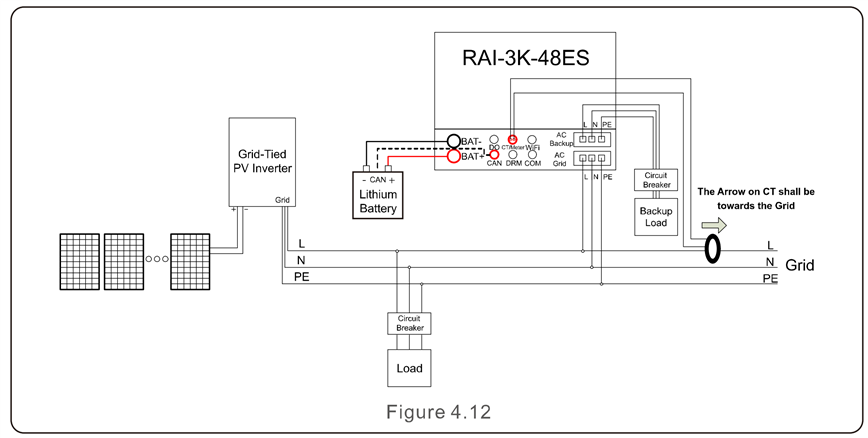I want to have a ~7kwh home battery storage, they cost more than £4000 (without installation) if I buy an all-in-one solution (inverter + DC batteries in a wall-mounted pack).
Given an EE background, I started digging into what such a system contains, and it turns out only take £2,870 and a server rack to build AC-coupled storage (like building a PC).
The problem I have is I googled a few battery/solar installers in the Cambridge area, but they only install products with existing dealerships (for cashback reasons?).
I am wondering if additional qualification is required for electricians to install a battery storage system? i.e. if I can hire anyone with an NICEIC certification?
PS: Please shout out if you know where to search or if you want to take the job.
The inverter wiring schematics looks straightforward to me. I understand I probably need an AC and DC switch on both ends of the inverter to be fully compliant.
---
In the worst case, can I do it myself?
I know I need to disconnect the consumer unit from the meter (and solar panels), and the CT clamp can't be open-circuited.
But I remember somewhere it is against the regulation to open the consumer unit?
